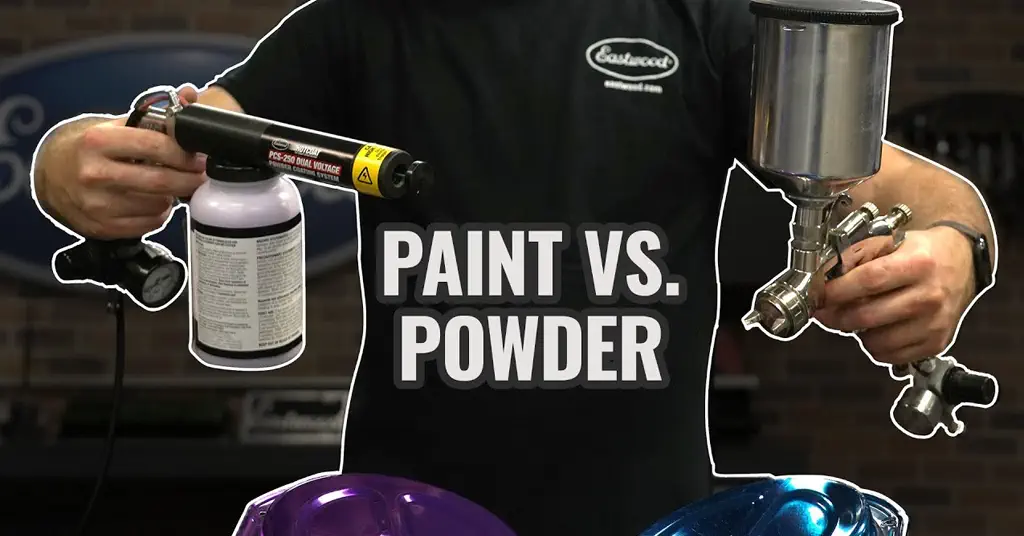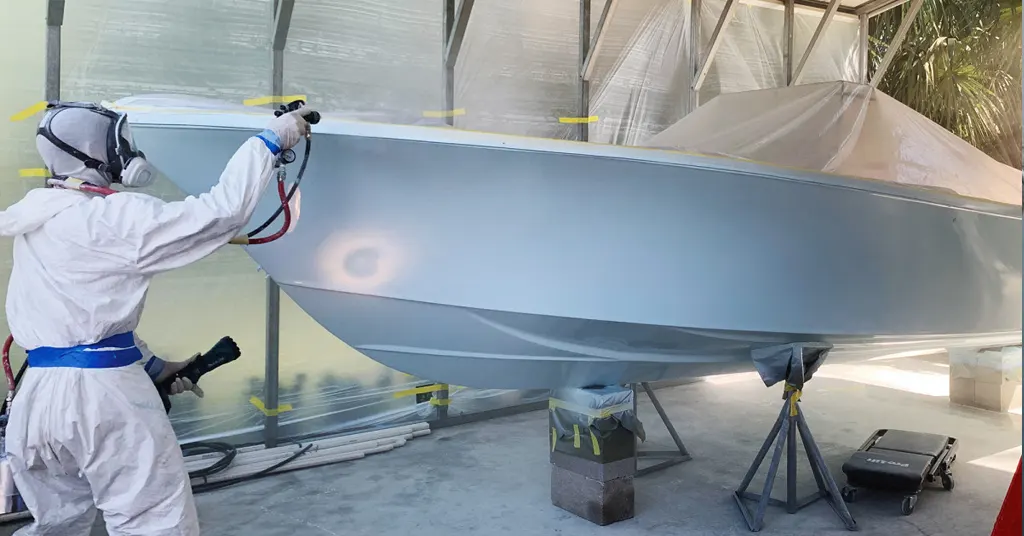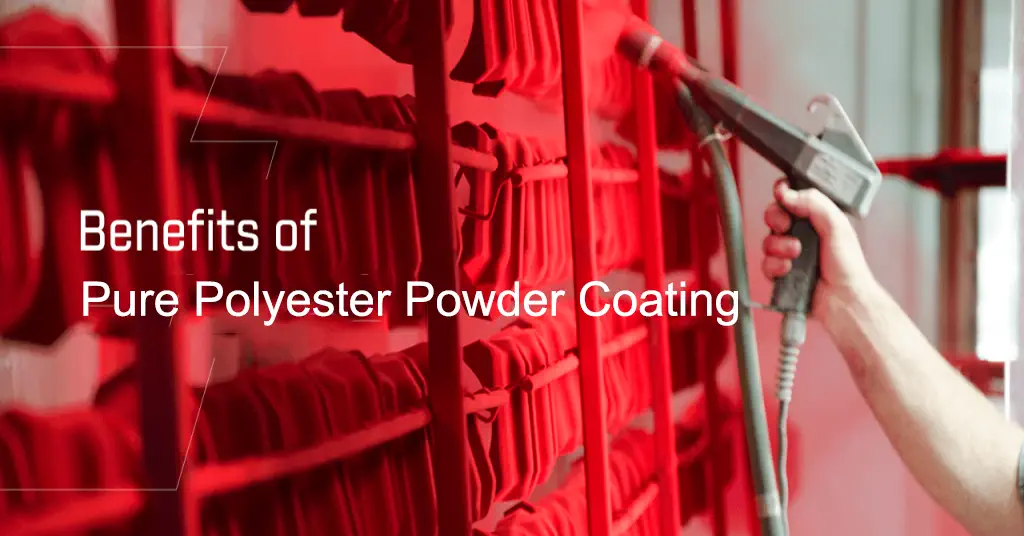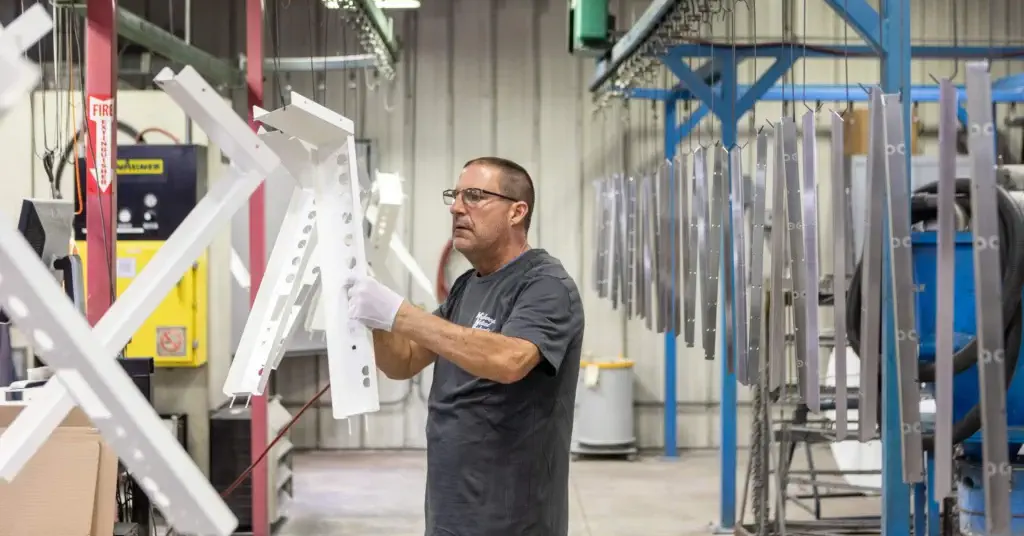What Happens When Epoxy Powder Adhesion Fails on Electrical Parts?

Why Adhesion Matters in Epoxy Powder Coatings
Adhesion refers to the bond between the epoxy powder coating and the substrate (e.g., copper, aluminum, or steel). Strong adhesion ensures a continuous, defect-free insulating layer that:
- Prevents electrical leakage, short circuits, or arcing.
- Protects against environmental factors like moisture and chemicals.
- Withstands mechanical stress, vibrations, and thermal cycling.
When adhesion fails, the coating detaches, exposing the substrate and reducing insulation effectiveness, which can lead to costly failures or safety hazards in electrical systems.
What Happens When Adhesion Fails?
1. Reduced Dielectric Strength
Adhesion failure creates gaps, voids, or exposed areas where the coating no longer insulates effectively. This reduces the dielectric strength (typically 10–50 kV/mm for epoxy coatings), lowering the breakdown voltage and increasing the risk of:
- Electrical Leakage: Current flows through unintended paths, causing inefficiencies or damage.
- Arcing: Sparks between exposed conductive surfaces can ignite nearby materials or cause component failure.
- Short Circuits: Direct contact between conductive parts leads to system shutdowns or fires.
Example: A 500 µm epoxy coating on a 15 kV busbar with a dielectric strength of 30 kV/mm should provide a breakdown voltage of 15 kV. If adhesion fails, exposing 50% of the surface, the effective insulation drops, potentially causing arcing at 10 kV.
2. Environmental Degradation
Exposed substrates due to adhesion failure are vulnerable to environmental factors:
- Moisture Ingress: Humidity (e.g., >85% RH) causes corrosion on metals like copper or aluminum, further degrading insulation.
- Chemical Exposure: Oils, solvents, or electrolytes in industrial settings accelerate substrate damage.
- Oxidation: Rust or oxide layers on steel or aluminum increase electrical resistance and reduce component lifespan.
3. Mechanical Failures
Poor adhesion makes coatings susceptible to mechanical stress, resulting in:
- Cracking or Peeling: Vibrations in motors or impacts during assembly cause the coating to detach.
- Delamination: Entire coating layers separate, exposing large substrate areas.
- Abrasion Damage: Weakly adhered coatings wear off during handling or operation, compromising insulation.
4. Thermal Instability
Adhesion failure exacerbates thermal issues in electrical components:
- Heat Accumulation: Gaps from delamination trap heat, reducing cooling efficiency and accelerating coating degradation.
- Thermal Cycling Damage: Repeated heating and cooling (e.g., 25–155°C in motors) cause further peeling in poorly adhered coatings.
Dielectric Breakdown: Elevated temperatures weaken insulation, lowering breakdown voltage in exposed areas.
Example: In a high-voltage motor, adhesion failure on stator windings led to localized overheating, reducing the coating’s dielectric strength from 20 kV/mm to 5 kV/mm, causing premature failure.
5. Safety and Reliability Risks
Adhesion failure in electrical parts can lead to:
- Electrical Shocks: Exposed conductive surfaces pose risks to technicians or end-users.
- Fires: Arcing or short circuits can ignite flammable materials, especially in EVs or industrial settings.
- System Downtime: Failures in critical components like transformers or busbars disrupt operations, leading to costly repairs.
Causes of Epoxy Powder Adhesion Failure
Inadequate Surface Preparation:
- Contaminants like oils, dust, or oxides prevent strong bonding.
- Insufficient roughness (e.g., from abrasive blasting) reduces mechanical adhesion.
Improper Application
- Uneven coating thickness or voids from poor electrostatic spraying or fluidized bed dipping weaken adhesion.
- Incorrect preheating (e.g., <200°C for fluidized bed) hinders powder fusion to the substrate.
Substrate Incompatibility
- Poor bonding to substrates like copper or composites without primers or surface treatments.
- Thermal expansion mismatches between coating and substrate cause delamination during cycling.
Curing Errors
- Under-curing (<150°C) leaves the coating porous and weakly adhered.
- Over-curing (>200°C) makes the coating brittle, prone to cracking.
Environmental Stress:
- High humidity (>70% RH) during application traps moisture, reducing adhesion.
- Prolonged exposure to chemicals or UV light degrades coating bonds over time.
Preventing Adhesion Failure in Epoxy Coatings
1. Optimize Surface Preparation
- Cleaning: Use chemical degreasers or solvents to remove oils, grease, or oxides.
- Abrasive Blasting: Create a rough surface profile (e.g., 2–4 µm Ra) to enhance mechanical adhesion.
- Primers: Apply corrosion-resistant primers on metals like copper to improve chemical bonding.
- Drying: Ensure substrates are dry to prevent moisture entrapment.
Best Practice: Follow ASTM D3359 standards for adhesion testing post-preparation to confirm surface readiness.
2. Select Compatible Epoxy Formulations
- Choose powders formulated for specific substrates (e.g., SolEpoxy DK15-0907 for aluminum busbars).
- Use coatings with high cross-linking density for better adhesion and environmental resistance.
- Opt for flexible formulations to withstand thermal cycling or vibrations in EVs or motors.
Tip: Request adhesion test data (e.g., cross-hatch or pull-off tests) from manufacturers like PPG or CAPLINQ.
3. Control Application Process
- Electrostatic Spraying: Ensure uniform 200–500 µm layers for low- to medium-voltage parts like PCBs.
- Fluidized Bed Dipping: Preheat substrates to 200–220°C for thicker coatings (1,000–5,000 µm) on busbars.
- Environment: Apply coatings in cleanrooms with <50% RH to avoid contamination or moisture.
Example: Storm Power Components uses automated spraying systems to achieve consistent 1,200 µm coatings on busbars, reducing adhesion failures by 35%.
4. Ensure Proper Curing
- Cure at 150–200°C for 10–20 minutes to form a dense, cross-linked coating.
- Use calibrated ovens to maintain precise temperatures, avoiding under- or over-curing.
- Verify curing with dielectric strength tests (e.g., IEC 60243) to confirm insulation integrity.
5. Test and Monitor Performance
- Conduct adhesion tests (e.g., ASTM D3359 cross-hatch or pull-off tests) post-application.
- Perform accelerated aging tests (e.g., 85°C/85% RH per IEC 60068) to simulate environmental stress.
- Use dielectric strength testers (e.g., Megger MIT525) to check insulation performance in field conditions.
Applications Vulnerable to Adhesion Failure
- Transformers: Poor adhesion on windings leads to arcing and reduced efficiency.
- Busbars: Delamination exposes high-voltage surfaces, causing short circuits.
- Electric Motors: Vibration-induced peeling in stator coatings increases failure risks.
- EV Battery Packs: Adhesion failure on busbars or enclosures heightens fire risks.
- PCBs: Delamination in high-density circuits causes electrical leakage in IoT devices.
Comparison with Other Insulation Materials
| Material | Adhesion Strength | Dielectric Strength | Key Advantages | Key Limitations |
|---|---|---|---|---|
| Epoxy Powder Coating | High (with preparation) | 10–50 kV/mm | Durable, cost-effective, versatile | Sensitive to surface prep, curing errors |
| Silicone Coating | Moderate | 5–20 kV/mm | Flexible, high temp (550°C) | Weaker adhesion, lower dielectric strength |
| Polyurethane Coating | High | 5–15 kV/mm | Flexible, good adhesion | Limited thermal stability, less durable |
| Ceramic Coating | Low | Varies | Extreme temp resistance | Poor adhesion, brittle, expensive |
| Epoxy coatings offer superior adhesion and dielectric strength when properly applied, making them ideal for electrical parts compared to silicone or ceramic alternatives. | ||||
Top Epoxy Powder Manufacturers for Strong Adhesion
| Manufacturer | Product Line | Dielectric Strength | Adhesion Features | Key Applications |
|---|---|---|---|---|
| SolEpoxy | DK15-0907 | 30 kV/mm | High cross-linking, primer-compatible | Busbars, transformers |
| PPG Coatings | Corvel Series | 25–35 kV/mm | Enhanced adhesion, flexible | EV battery packs, motors |
| CAPLINQ | Hysol DK Series | 20–35 kV/mm | RoHS-compliant, strong bonding | PCBs, sensors |
| ThreeBond | TB Series | 15–30 kV/mm | Vibration-resistant, easy to apply | Automotive electronics |
FAQ: Epoxy Adhesion Failure
Inspect for peeling, cracking, or delamination visually or use cross-hatch adhesion tests (ASTM D3359).
Yes, high humidity (>70% RH) during application traps moisture, weakening bonds. Apply in controlled environments.
Yes, corrosion-resistant primers enhance bonding on metals like copper or aluminum, reducing delamination risks.
Exposed busbars or enclosures increase arcing or fire risks, compromising passenger safety.
Conclusion
When epoxy powder adhesion fails on electrical parts, it leads to reduced dielectric strength, environmental degradation, mechanical failures, and safety risks like arcing or fires. Causes include poor surface preparation, improper application, or environmental stress, but these can be mitigated with optimized preparation, compatible formulations, and rigorous quality control. By ensuring strong adhesion, manufacturers can enhance the reliability and safety of components like transformers, busbars, and EV battery packs.

Erik
Doctor of Chemical Engineering, expert in the field of powder coatings, with over 20 years of professional experience in the research and application of powder coatings
Have Anything To Ask Us?




